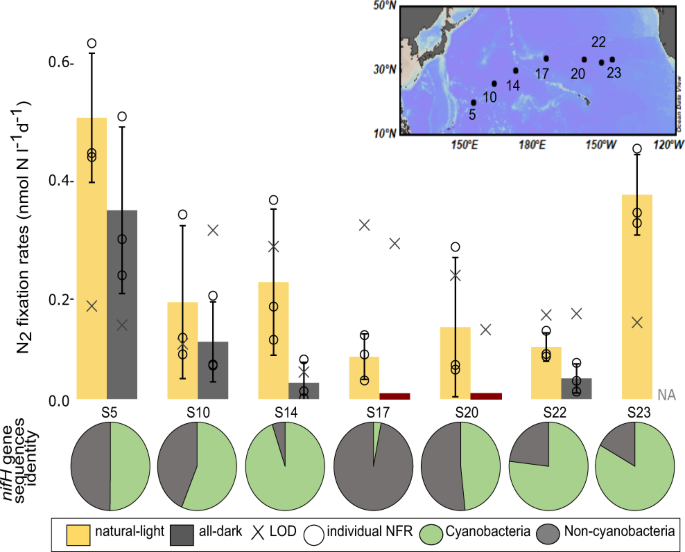セリウムフロー電池は、電解質分子がエネルギーを吸収して、金属の周りにさまざまな錯体を形成すると電圧が低下することが判明した It turns out cerium flow batteries lose voltage when electrolyte molecules siphon off energy to form different complexes around the metal
2022-11-15 ミシガン大学
セリウムの課題のひとつは、電荷をいかに効率よく電極に出し入れさせるかである。セリウムは、正極を通過する際に、電池が充電中か放電中かによって、電子をピックアップしたりドロップオフしたりする。
しかし、硫酸電解液中のセリウムは、電子のピックアップとドロップオフが思うようにいかず、エネルギーを浪費してしまう。その結果、水分子と硫酸分子がセリウムのまわりで複雑なダンスをすることで、エネルギーが失われていることが判明した。
研究チームは、セリウムが電子を拾って落とす時に何が起こっているのかを、X線吸収を利用して、セリウム、硫酸塩、水の間の結合と関連を、じっくりと観察した。
セリウムが3個の電子を失っているときは、水分子に囲まれているだけですが、4個目の電子を失うと、硫酸イオンまたは重硫酸イオンがセリウムイオンにぶら下がることがわかった。
この結果、セリウムから電子を奪って酸化したり、電子を返して還元したりするときには、電子移動が起こり、周囲の分子が再配列しなければならない。
研究チームは、この構造変化に伴うエネルギーを理解することで、なぜこの反応が酸化と還元で異なる挙動を示す非対称なものであるかを説明することができるようになった。
<関連情報>
- https://news.umich.edu/understanding-a-cerium-quirk-could-help-advance-grid-scale-energy-storage/
- https://pubs.acs.org/doi/10.1021/jacsau.2c00484
硫酸中のセリウム(III)/(IV)構造と電荷移動のメカニズムを明らかにする Unveiling the Cerium(III)/(IV) Structures and Charge-Transfer Mechanism in Sulfuric Acid
Cailin A. Buchanan, Dylan Herrera, Mahalingam Balasubramanian, Bryan R. Goldsmith and Nirala Singh
JACS Au Published:November 15, 2022
DOI:https://doi.org/10.1021/jacsau.2c00484

Abstract
The Ce3+/Ce4+ redox couple has a charge transfer (CT) with extreme asymmetry and a large shift in redox potential depending on electrolyte composition. The redox potential shift and CT behavior are difficult to understand because neither the cerium structures nor the CT mechanism are well understood, limiting efforts to improve the Ce3+/Ce4+ redox kinetics in applications such as energy storage. Herein, we identify the Ce3+ and Ce4+ structures and CT mechanism in sulfuric acid via extended X-ray absorption fine structure spectroscopy (EXAFS), kinetic measurements, and density functional theory (DFT) calculations. We show EXAFS evidence that confirms that Ce3+ is coordinated by nine water molecules and suggests that Ce4+ is complexed by water and three bisulfates in sulfuric acid. Despite the change in complexation within the first coordination shell between Ce3+ and Ce4+, we show that the kinetics are independent of the electrode, suggesting outer-sphere electron-transfer behavior. We identify a two-step mechanism where Ce4+ exchanges the bisulfate anions with water in a chemical step followed by a rate-determining electron transfer step that follows Marcus theory (MT). This mechanism is consistent with all experimentally observed structural and kinetic data. The asymmetry of the Ce3+/Ce4+ CT and the observed shift in the redox potential with acid is explained by the addition of the chemical step in the CT mechanism. The fitted parameters from this rate law qualitatively agree with DFT-predicted free energies and the reorganization energy. The combination of a two-step mechanism with MT should be considered for other metal ion CT reactions whose kinetics have not been appropriately described.



